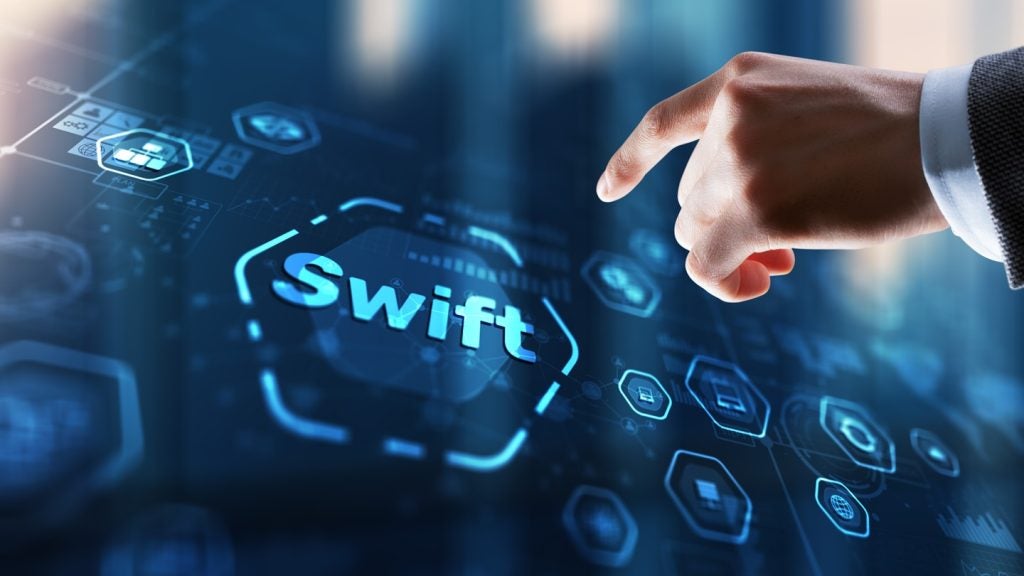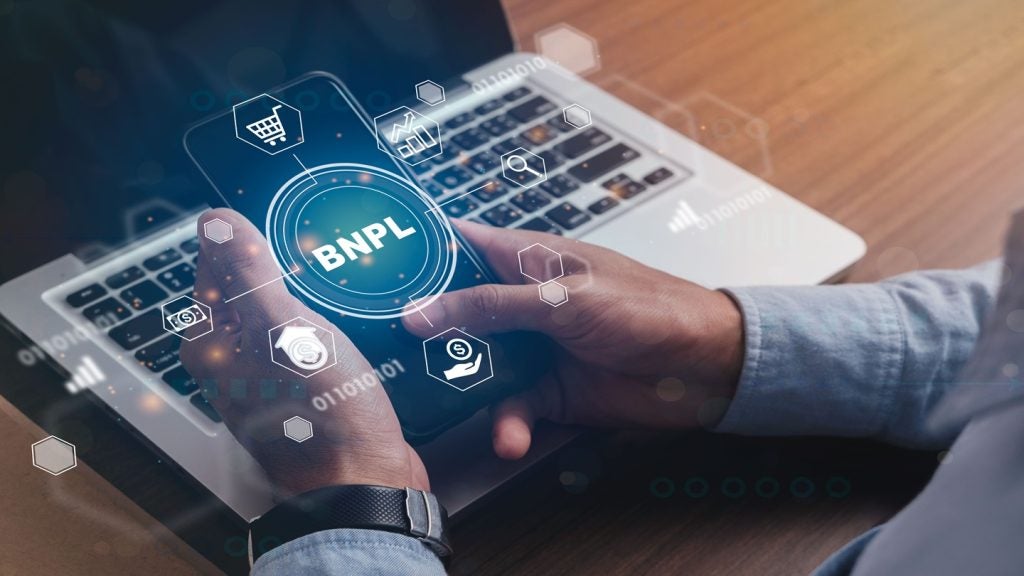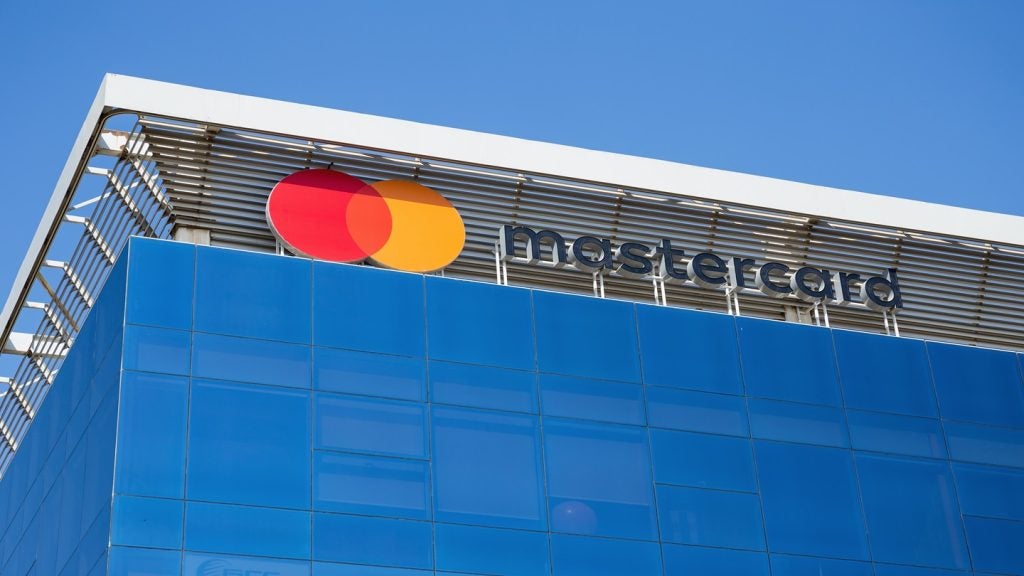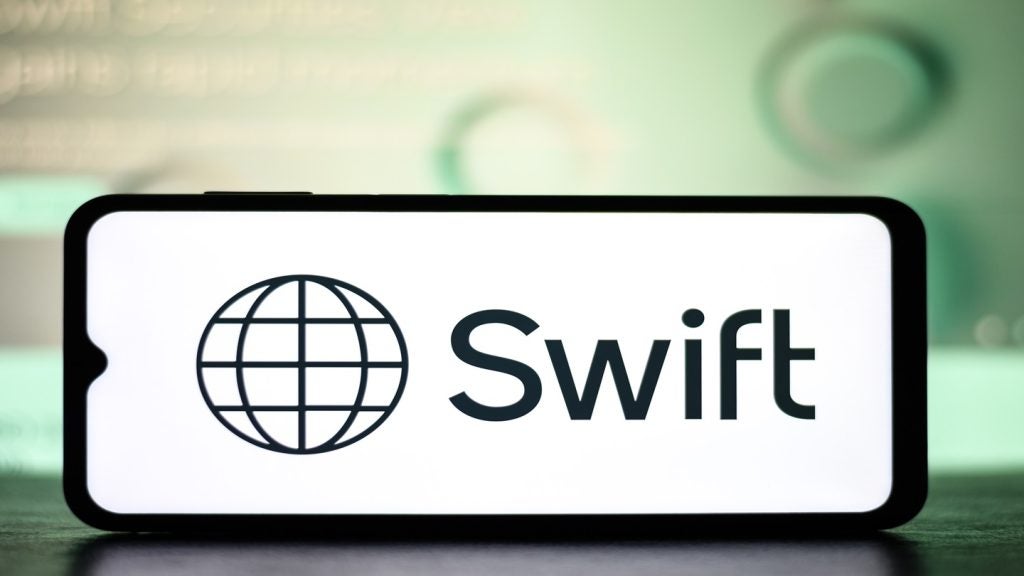
Jane Loginova CEO Radar Payments discusses with Douglas Blakey and Evie Rusman the prospects for the cards and payments sector in 2021
Retailers went digital, but next, they must diversify their payment offering
“Retailers have responded well to the pandemic by pivoting to online commerce this year, but their work is only just getting started. Payment diversification will be a crucial next step in 2021. As consumers continue to embrace shopping online, often engaging with retailers they haven’t purchased from before, we will see growing demand to introduce new digital payments methods that address customers’ safety & security concerns.
Being able to pay on delivery, tokenisation, biometric fingerprint cards, vein scanning or phone to phone payments, alongside a variety of more traditional card payment options, help to create a universe where the consumer can make a choice based on convenience, personal preference and knowing they are protected from financial fraud.
2021 forecasts Radar Payments: QR code payments will thrive
“In the quest for truly contact-free payments in the pandemic, QR codes will continue to prove their resilience, especially in emerging markets. We can expect QR codes to dominate in these fast-growing markets such as Asia, over other payment methods such as NFC-enabled cards. Unlike card transactions which require merchants to invest in costly and complex point-of-sale terminals, QR codes are cheap to deploy and easy to use.
In the next year, we can expect to see QR code-based payments become even easier for consumers to use. Thanks to integrations with digital wallets, we’ll start to see wider adoption in both developing and developed markets.
Currently, the QR code payment solutions available today require an app, for example developed by a retailer, that can only be used in its stores. However, in China, where QR codes are wildly popular, consumers can make QR code-based payments using a digital wallet such as AliPay or WeChat Pay. In developed markets, leveraging popular digital wallets already on consumer smartphones, such as Apple Pay, Samsung Pay and Google Pay, will make QR codes more accessible to them. Customers will no longer need to download separate apps, but instead can use their favourite wallet to make a purchase with ease.
How well do you really know your competitors?
Access the most comprehensive Company Profiles on the market, powered by GlobalData. Save hours of research. Gain competitive edge.

Thank you!
Your download email will arrive shortly
Not ready to buy yet? Download a free sample
We are confident about the unique quality of our Company Profiles. However, we want you to make the most beneficial decision for your business, so we offer a free sample that you can download by submitting the below form
By GlobalDataOffering a safe, convenient and cashless payment method, QR codes will continue to emerge as an important payment method in 2021.
Covid-19 will be the catalyst for digitising transport payments infrastructure around the world
Covid-19 has been the catalyst for national and local governments around the world to embrace digital services. This is becoming particularly visible in transport, where we started seeing individual public transport ticketing systems and piecemeal approach to digitising infrastructure elements replaced with end-to-end services.
We will see the rise of smaller cities in developed countries as well as large cash-based cities in emerging markets easing into joined up cashless fare collection across different modes of transport. The benefits of a simple tap-to-pay will go way beyond a matter of social distancing, as we expect to see greater willingness among citizens to use cashless payment methods in other scenarios.
This will be a huge opportunity for the payments industry.






